This is the weekend edition of TheMarioBlog and will be updated as needed. The next blog post is Monday, January 13.

It’s no doubt that the year 2020 so far has been 9 days of news you want to turn away from: an imminent war with Iran, oil prices climbing, the stock market losing some of its 2019 bounce and a Presiden’t complicated impeachment in the horizon, and, oh, yes, a jetliner crash, too.
So, in the midst of this cacophony of bad mojo, comes an email from Brad Daiber, of SeniorLiving.org, that makes me smile.
Indeed, Brad and his team have completed an analysis of of over 23,000 online news and 6.4 million New York Times articles to study how reading levels have changed in the depth of reporting among popular online publications.
Important takeaway: the median reading level for an online article has risen from high school senior to college sophomore since Facebook reached 1 billion active users in 2012
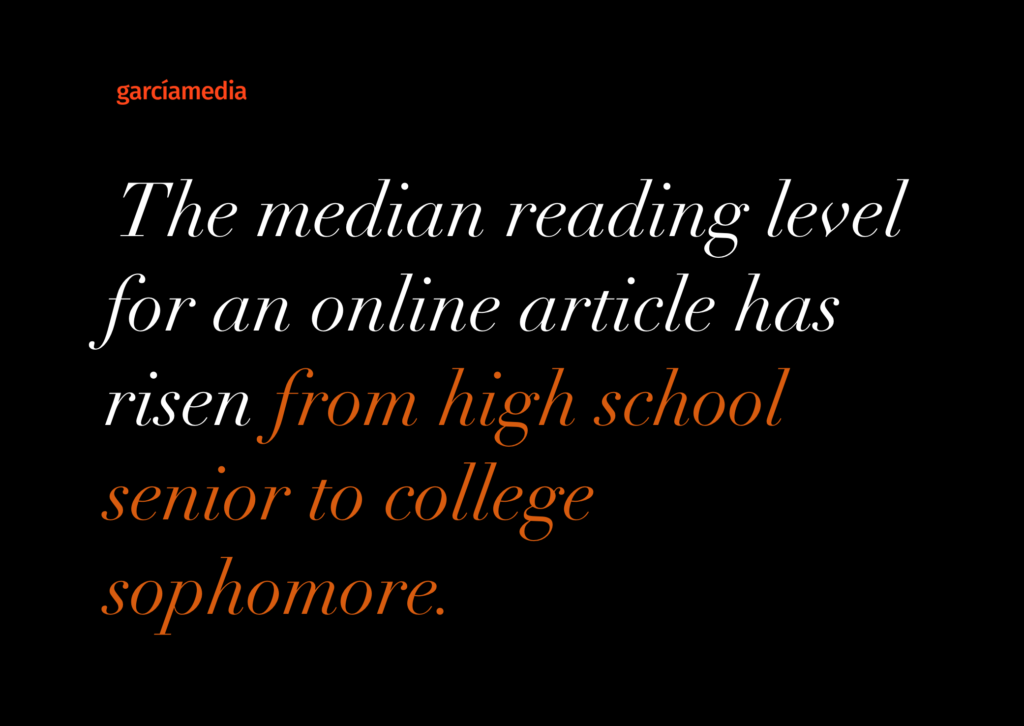
You can read this entire study here:
https://www.seniorliving.org/research/changing-digital-landscape-news-reporting-reading/
It is interesting that the level of difficulty, if you will, has increased, while the time we spent reading these more difficult pieces has gone up. Read this statement from the study:
For instance, the ideal level for widely read publications and written works should be around a score of 7 or 8. As we discovered in our analysis, the average news article today is much higher than that at 13. Has it always been this way, however? And are all publications across the political spectrum created equally? That’s what we’ll dive into next.
Some questions for the researchers
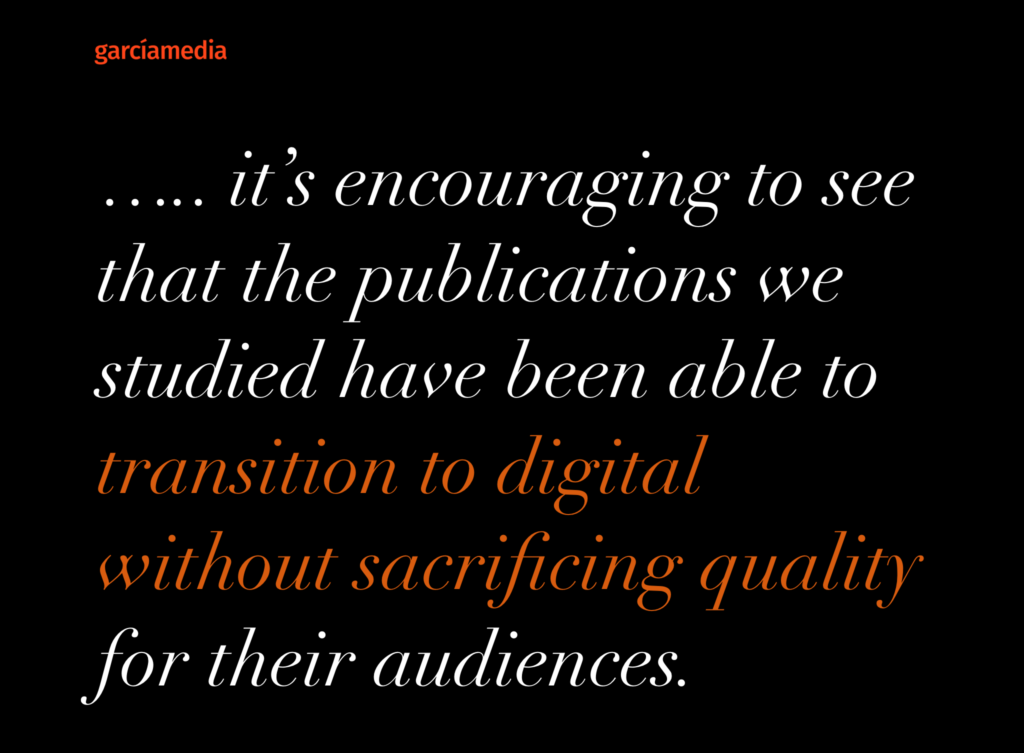
I sent these questions to Corie Colliton – Project Manager for http://SeniorLiving.org:
I often get asked this question during my storytelling workshops globally: Are we dumbing down information to cater to an audience that is bombarded with news and is always in a hurry?
There are 4 million blog posts published daily, so naturally, there is a spectrum in terms of content quality. You might call some content “dumbed down,” in the sense that certain clickbait is designed to be quickly digestible entertainment in lieu of substantive analysis or critique. On the other hand (and as you noted), the publications we analyzed generally appear more sophisticated by the language in which they present content to their audiences. Furthermore, the outlets we studied aren’t inhibited by the physical constraints of a print edition – allowing them to delve deeper into their digital articles than they might otherwise, or, get straight to the point of an article without needless filler.
Visuals are used more than ever before and we know that visuals simplify content to make it more accessible? Was there a correlation between publications,such as the NY Times, that have a higher reading level for the words and their use of visuals—as opposed, let’s say, to CNN?
That is a fantastic question, but we did not analyze the visual content of the publications in the study. This is purely speculative, but CNN is historically a visual platform. Because the Gunning Fog Index analysis system takes into account word complexity and sentence length, the lower reading levels we observed in their written content may be indicative that the writing is in service of their video content. In other words, the visuals do more of the “heavy lifting” in their reporting. Alternatively, the NY Times is historically rooted in long-form, written content – and the visuals may still be more supplementary to the writing (hence higher reading levels).
Are we a more educated audience even when we are a more impatient one?
Audiences have access to more information and resources at their fingertips than ever before. One implicit observation I’d make from the study is that the outlets we studied are adapting to a savvier audience. People know how to find the information that they need. However, with so much access, it’s nearly impossible to vet every article or video one consumes on a daily basis. So it’s encouraging to see that the publications we studied have been able to transition to digital without sacrificing quality for their audiences.
The visual compensation
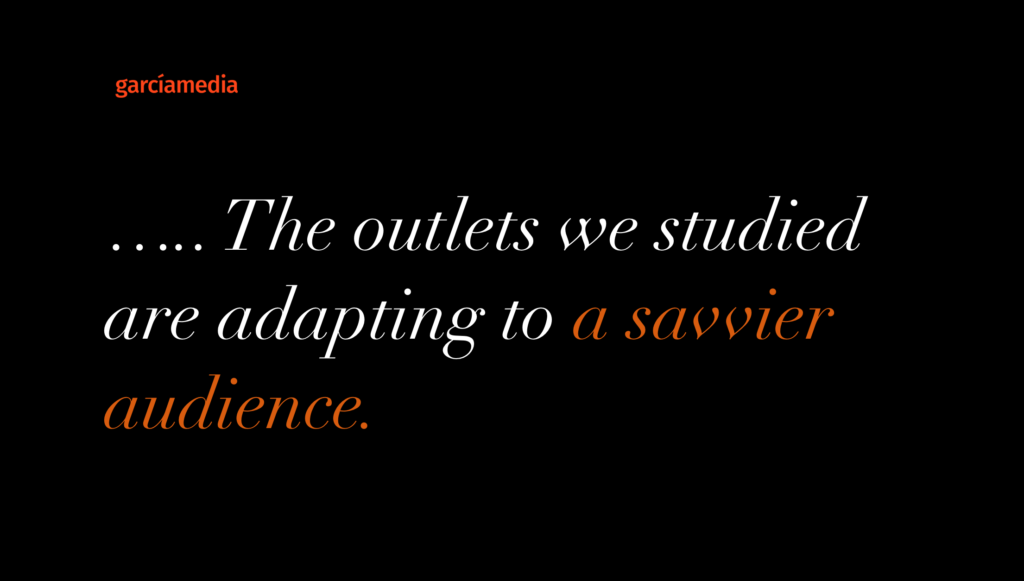
Brad Daiber reminds us that: “Some publications have gotten much harder to read. On the other hand, some sources that rely on visual content have gotten easier to digest in recent years.”
This is not surprising, and should remind editors who still think it is all about telling stories with words, that visuals can be helpful and, indeed, contribute to make some difficult subjects easier to comprehend.
Other major themes from the study
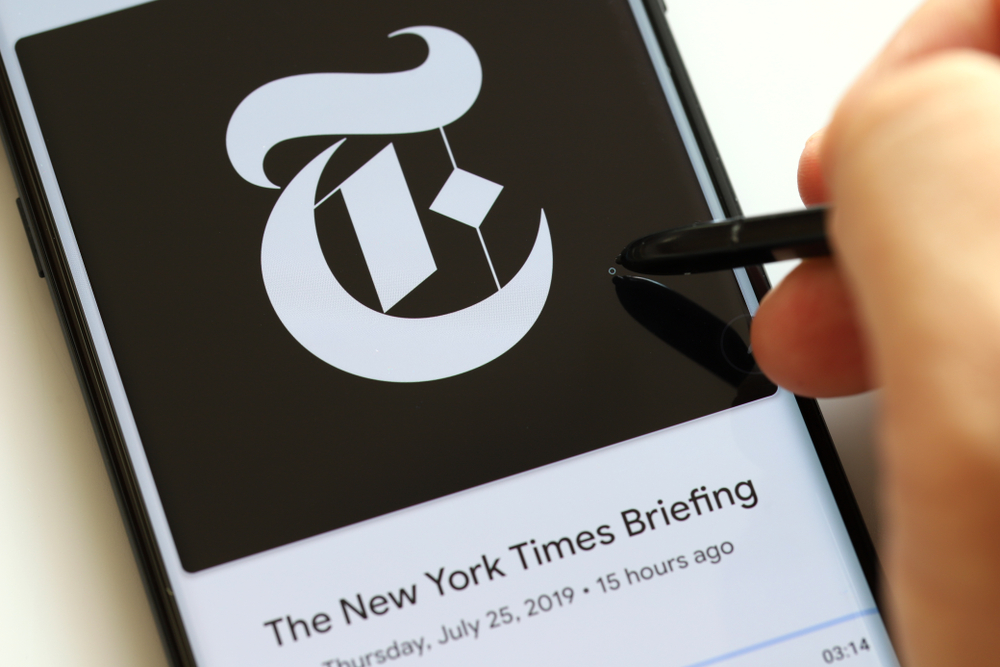
While left-leaning publication Politico and right-leaning publication Breitbart News ranked as among the most difficult to read, liberal publications featured slightly longer content than their middle- or right-leaning competitors. Although, there is no clear correlation between a publication’s political bias and its average reading difficulty.
As for the New York Times, the average reading difficulty level of an NYT article peaked in the 1940s at near-postgraduate levels. In 2019, the NYT’s reading difficulty has declined slightly from its peak but still ranks at a college sophomore level. This is may be proof that mainstream outlets can move online and keep pace with new media, without having to sacrifice their standards. In 2018, for example, The NYT generated $709 million in digital revenue and is on track to transition to a majority digital subscriber base by 2025.
Of related interest
More information about SeniorLiving.org can be viewed here:
https://www.seniorliving.org/about/
Start the year with The Story
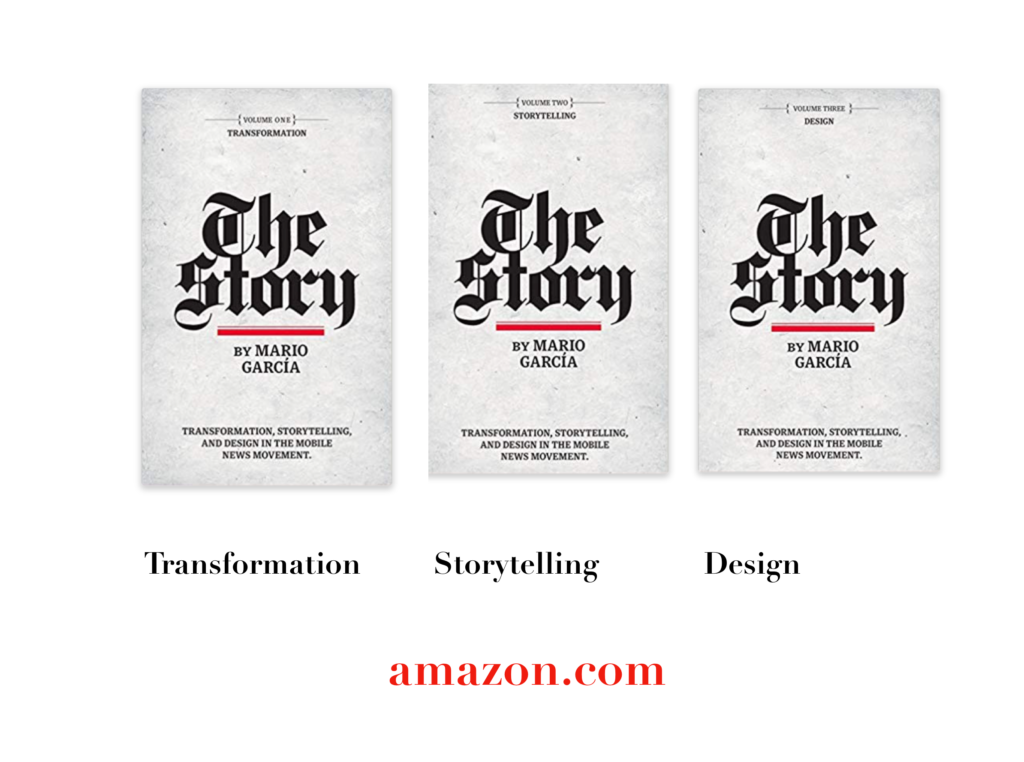
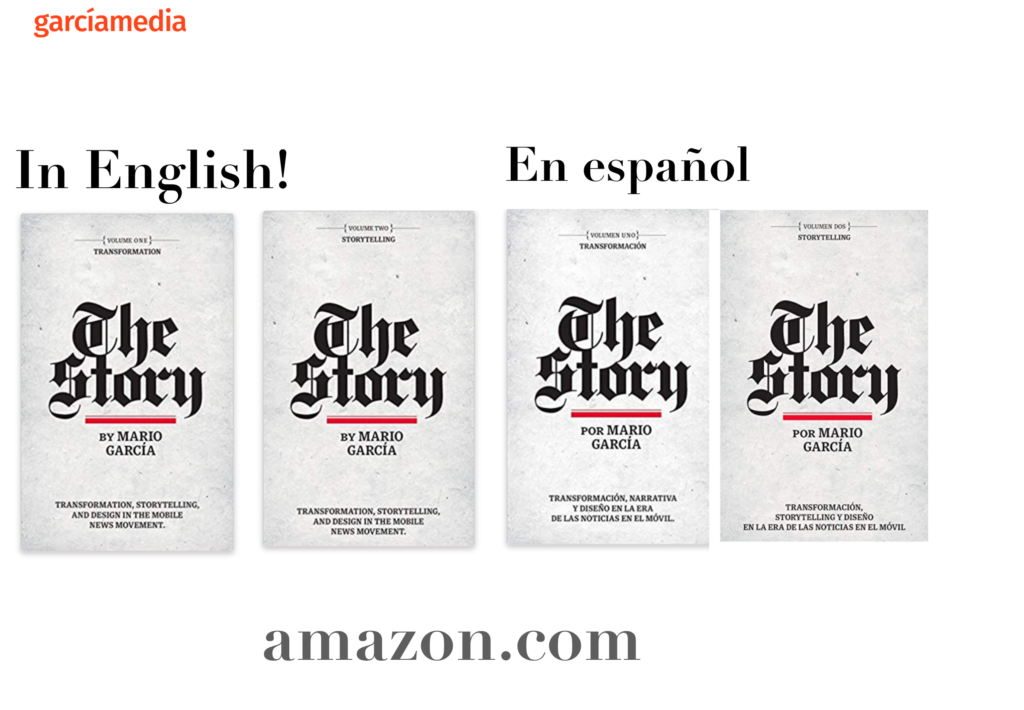
A good read to start the year 2020: The full trilogy of The Story now available–3 books to guide you through a mobile first strategy. Whether you’re a reporter, editor, designer, publisher, corporate communicator, The Story is for you! https://amazon
Mario’s speaking engagements
March 13, 2020
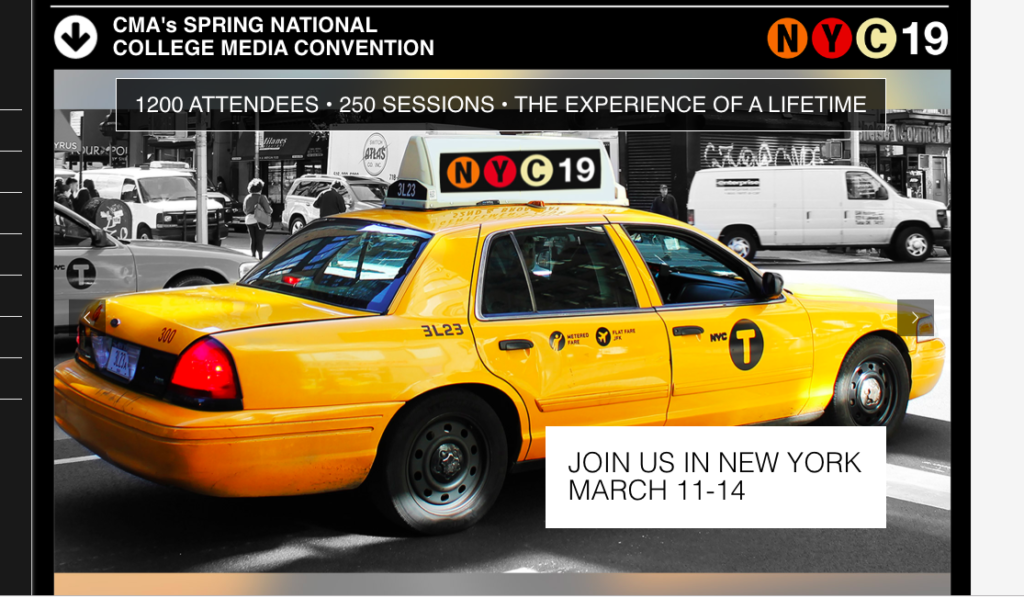
Keynote presentation at the National Media College Association Spring Convention, New York City, NY
March 27, 2020
Keynote
New York Press Association (NYPA), Saratoga Springs, NY.
TheMarioBlog post # 3183